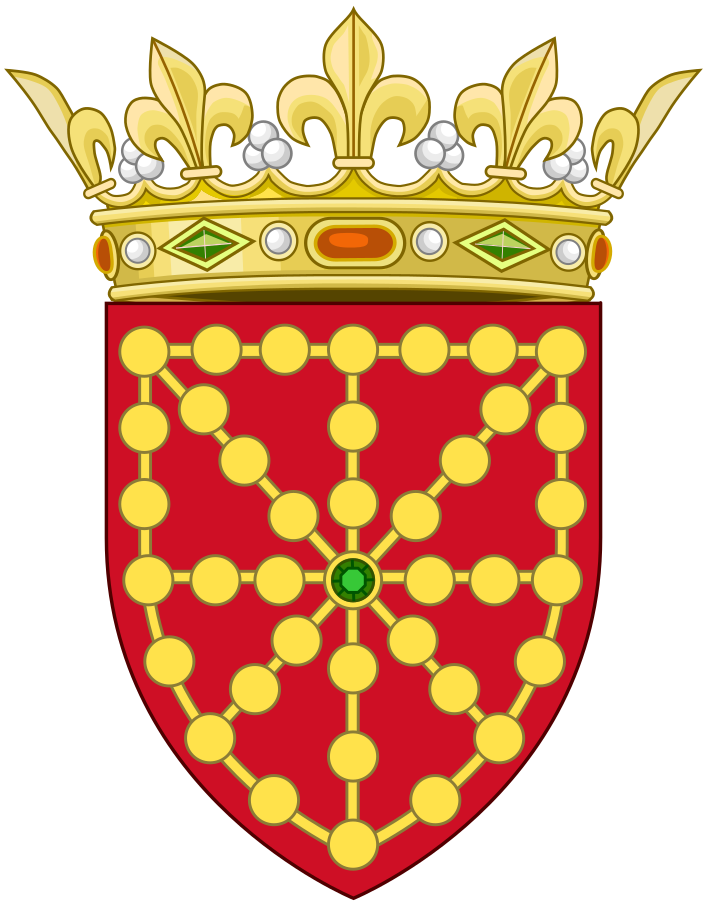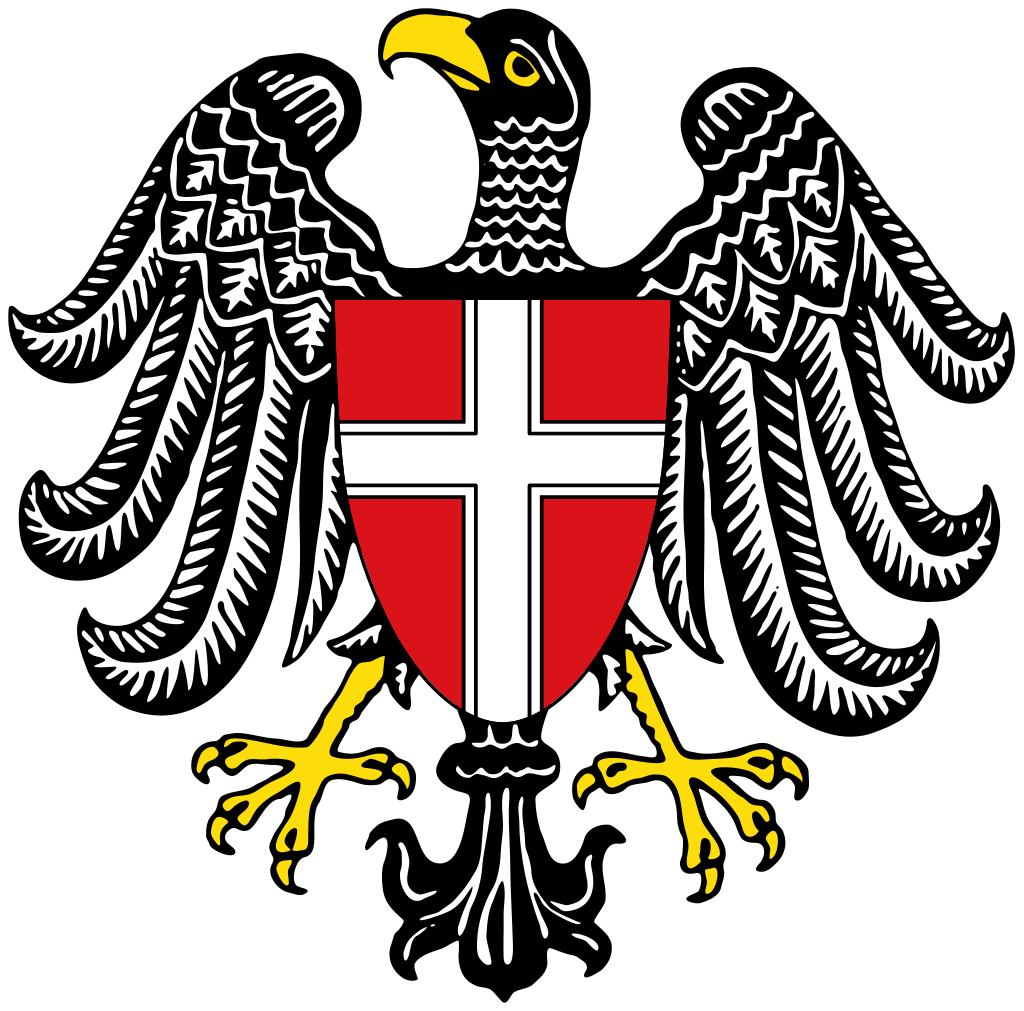Summary
James Knox Polk served as the 11th President of the United States from 1845 to 1849. Under his administration, America completed its westward expansion (with the exception of the Gadsden Purchase, a strip of land in southern Arizona and New Mexico), nearly doubling its territory by settling disputed claims in Oregon with Great Britain and war with Mexico. He also presided over the founding of the Smithsonian Institute, America's preeminent scientific body, and the Department of the Interior. He also holds the distinction of being the only president in US history to fulfill all of his administration's stated goals.
Early Life
Polk was born on November 2, 1795, in North Carolina. His family moved to Tennessee in 1803 and it was here that Polk would begin his political career. He suffered from urinary stones in his youth, and the surgery which corrected his condition may have left him sterile. He attended university in Murfreesboro, Tennessee, and later transferred to the University of North Carolina in 1815, joining the school's debate society and discovering his oratory talent. He married his wife Sarah Childress in 1824, a romance that is rumored to have been at Andrew Jackson's urging.
His relationship with Andrew Jackson began in 1823, when Polk supported Jackson as the new Senator for Tennessee. He would later advise Jackson during the 1828 presidential election and after becoming Speaker of the House of Representatives in 1835 (having run for and been elected to the House in 1825, at only 29 years old), supported Jackson's policies in Congress. Polk's tenure as Speaker was considered a model for his successors, and he remains the only president to have been Speaker of the House. He served as Governor of Tennessee from 1839 to 1841, but was defeated in his reelection campaign as well as the following campaign. His relationship with Jackson was very close, moreso than a normal mentor relationship; Jackson considered his protege essentially family. Polk's nickname "Young Hickory" is a result of their relationship.
Polk had hoped to be the Democratic vice-presidential candidate in the election of 1844, but the issue of Texas' possible annexation into the United States splintered the Democratic field. Former president Martin Van Buren and then-frontrunner for the nomination had spoken against the annexation of Texas, arguing that it would create a sectional crisis. Andrew Jackson actively campaigned against Van Buren, and told Polk that he (Polk) was his first choice for the nomination. Even so, Polk continued to support Van Buren, who saw him as a potential running mate, and who in turn supported Polk when he emerged as a dark horse (unexpected) compromise candidate for the nomination on the ninth ballot. He was unanimously selected as the Democratic presidential nominee and defeated Whig candidate Henry Clay with narrow majorities in New York, Michigan and the popular vote, but winning almost two-thirds of the votes from the Electoral College.
Presidency
As president, Polk was notorious for his hands-on, micromanaging style. He would often work long hours and rarely delegated authority on important matters. He pledged to serve only one term, and set four goals for his administration: the reestablishment of an independent treasury system, the reduction of tariffs, the acquisition of some or all of the Oregon Country (then co-administrated by the United States and Britain), and the acquisition of California and New Mexico. To appease the North and South, he linked Oregon as a free territorial counterbalance to the annexation of slaveholding Texas.
By 1846, Polk had established the Independent Treasury System, which held government funds instead of banks, and passed the Walker Tariff that reduced the previously-high tariff fees. He had also signed a bill that set aside funds left by James Smithson in his will to the US government for a scientific institution that now bears Smithson's name as a government trust. In 1849 as one of his last acts as president, Polk signed the bill that created the Department of the Interior, the first new Cabinet position since 1789, to oversee the use of federal land and natural resources as well as Native American and territorial affairs. Though Polk felt this took power over public lands from the states, it came to his desk on the last full day of his presidency; he signed it because he felt he did not have the time to find a constitutional means for or draft an adequate veto message.
Manifest Destiny and Oregon
During Polk's presidency, expansion was a major issue in government affairs and of vital importance to both the North and the South. The desire to expand had also grown into a significant public belief in "Manifest Destiny," that it was America's sacred duty to expand its institutions and values as far as possible. This often took the form of stretching "from sea to shining sea," an image that became reality under Polk's administration.
His first focus of expansion was the Oregon Country, which since 1818 had been jointly governed by the United States and Great Britain, both of whom had a significant interest in the territory. Previous presidents had attempted to divide the territory along the 49th Parallel, but Britain refused to do so. By the 1840s, the Democrats had decided to press the American claim to the entire territory under the rallying cry "54'40 or Fight!"; a claim which has mistakenly become attributed to Polk's election and led to a fear of war between the two countries. Though Polk publicly supported this stance, he was willing to compromise with the British government, negotiating a treaty that divided the territory along the original suggestion of the 49th Parallel. Polk's compromise angered some Democrats, but the treaty was ratified by the Senate, and by the end of 1846, three of Polk's goals were complete.
War with Mexico
The acquisition of California and New Mexico, which Polk believed had been neglected by the Mexican government remained his last major goal to achieve. He initially attempted to buy the territories from Mexico for around $25 to 30 million dollars, but his offer was refused; the Mexican government was already upset over the annexation of Texas, which it still considered Mexican territory and had threatened war over it, and viewed any possible sale as a stain on their national honor. The exact border between Texas and Mexico had long been up for debate; Mexico claimed the Nueces River as the border, while the Americans considered the Rio Grande, 150 miles further south, as the boundary. In an effort to pressure the Mexican government into a deal, Polk sent General Zachary Taylor into the disputed area, where he built a fort just across the Rio Grande from the Mexican city of Matamoros. On April 25, 1846, Mexican forces attacked an American patrol in the area and opened fire on Taylor's fort on May 3. Though several in the government criticized Polk's handling of the affair, Congress approved his request for a declaration of war on May 13.
Though Mexico intended to defend its territorial integrity with all its ability, the war lasted just under two years (from the date of the April 25 attack). Mexico's troubles were compounded by the return of General Antonio Lopez de Santa Anna from Cuba in 1846; he had vowed to support the presidency and stated that he no longer wanted the position, but upon his return, he overthrew the government and oversaw the Mexican war effort from that point on. Santa Anna had also promised to sell the territories to the US, but went back on that agreement as well. New Mexico and California were quickly secured, due largely to their isolation from the rest of Mexico and their relatively low population. General Taylor invaded northern Mexico, defeating the Mexicans at the Battle of Buena Vista in February 1847, which he later used during his own presidential campaign. Rather than send more forces to Taylor, Polk attempted to hasten the end of the war by sending a separate force under General Winfield Scott to capture Veracruz and march against Mexico City. Despite stiff opposition, including the Battle of Puebla and in the Chapultepec Castle in Mexico City, the Mexican capital was taken. The Treaty of Guadalupe-Hidalgo officially ended the war and gave California and New Mexico to the Americans for $15 million dollars, less than half of Polk's original offer.
The stress of managing the war in his usual hands-on style caused Polk's health to decline. He made an offer to buy Cuba from Spain in 1848, but was refused. Having achieved all of his goals in his one term, an exhausted Polk left the presidency in 1849. During his farewell tour through the South, Polk fell ill; some believe he contracted cholera. On June 15, 1849, just over three months after leaving office, Polk died. His last words were to his wife: "I love you, Sarah. For all eternity, I love you." He had no children, and his wife lived at their residence, Polk Place (which had been under construction at the time of his death), for over forty years after his death and never remarried.
Place in History
Polk's dark horse status became a significant part of his legacy, and he remains one of the lesser-known presidents despite gaining greater recognition in recent presidential histories and rankings. Though his policy in Mexico is still considered controversial, Polk is recognized as the most decisive president in the period between Jackson and Lincoln and is considered the last of the Jacksonian presidents. His status as a slaveholder has also been the subject of criticism, but several historians argue that despite Whig attacks to the contrary, he was never a tool of the slaveholders in the South. To see his greatest legacy, however, one needs only to look at a map of the United States; the states that emerged from the territory between Texas, the Rocky Mountains and the Pacific Ocean owe their American statehood to James K. Polk.
Great Work of Writing for every two Great Works of Music. The capital gets a
Great Work of Writing slot for every 10
faith produced.
Great Work of Music slot. +1
faith from animal resources, increases to +2
faith when the
Great Work of Music slot is filled.
Great Work of Music. Upon being expended, the Guru gives points to the generation of a
Great Person of your choosing in all cities that follow your religion. Points received depend on the number of followers your religion has in that city.










 Gold when connecting to another civilization. The Supply Depot also generates +10%
Gold when connecting to another civilization. The Supply Depot also generates +10%  Growth and 1
Growth and 1 